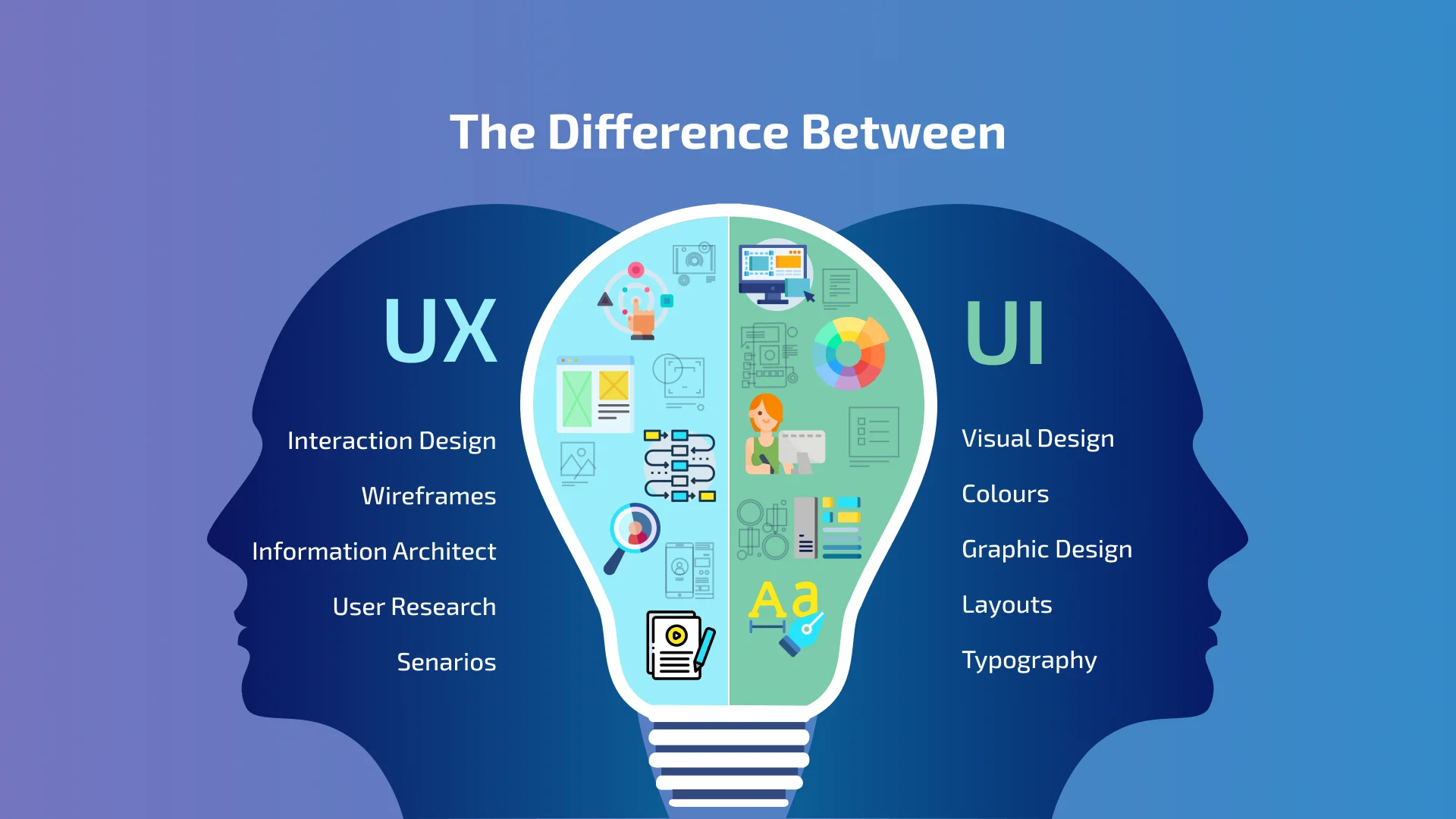Blitz News Digest
Stay updated with the latest trends and insights.
Why Your UI/UX Design Might Be Scaring Users Away
Is your UI/UX design driving users away? Discover the common pitfalls and learn how to create an inviting experience that keeps them engaged!
Is Your UI/UX Design Turning Users Off? Here’s Why
In the competitive landscape of digital products, UI/UX design plays a crucial role in capturing and retaining user attention. If users are leaving your site or app prematurely, it could be a sign that your design approach is misaligned with their needs. Common pitfalls include cluttered layouts, confusing navigation, and a lack of intuitive interactivity, all of which can create frustration rather than engagement. Analyze your user feedback to understand the user experience they're facing. Make necessary adjustments to ensure that your design resonates with your audience's expectations and behaviors.
Another significant factor contributing to poor UI/UX design is the lack of accessibility and responsiveness. With various devices and screen sizes in use today, a design that only caters to desktop users can alienate a significant portion of your audience. Attention to detail, such as ensuring that buttons are easily clickable on mobile devices and that text is readable across platforms, is essential. Furthermore, users appreciate consistent design elements that provide familiarity and ease of use. Prioritizing these aspects can transform your user interface into a welcoming space that encourages exploration and minimizes the likelihood of users turning away.

Common UI/UX Mistakes That Make Users Leave
In today's competitive digital landscape, common UI/UX mistakes can significantly impact user retention. One critical mistake is the lack of clear navigation. When users struggle to find what they're looking for due to convoluted menus or unclear labels, they quickly grow frustrated and leave the site. Moreover, inadequate feedback on user actions can lead to confusion. For instance, if a user clicks a button and receives no indication of what happens next, it can create uncertainty and distrust. Ensuring clear pathways and timely feedback is essential to keeping visitors engaged.
Another prevalent issue is poor mobile optimization. With a substantial portion of web traffic coming from mobile devices, failure to provide a seamless experience can drive users away. Websites that load slowly or are difficult to navigate on smartphones often result in higher bounce rates. Additionally, overwhelming users with pop-ups and advertisements can detract from the overall experience. To retain users, prioritize a clean, responsive design that emphasizes usability across devices while minimizing distractions that can lead to frustration.
How User-Centric Design Can Prevent User Drop-Off
User-centric design plays a pivotal role in ensuring that users remain engaged with a product, significantly reducing the likelihood of user drop-off. When users encounter interfaces that are intuitive and tailored to their needs, they experience less frustration and a smoother interaction journey. For instance, employing clear navigation, concise content, and responsive layouts all contribute to a positive user experience. By prioritizing the user's perspective, designers can effectively address pain points and streamline the path to desired actions, whether that be making a purchase, signing up for a newsletter, or browsing content.
Moreover, incorporating user feedback into the design process is crucial for maintaining relevance and appeal. Regularly conducting usability testing allows designers to gather insights directly from users, enabling continuous improvement based on real-world interactions. This iterative approach not only enhances product usability but also fosters user loyalty and trust. With a focus on user-centricity, businesses can create environments that keep users engaged and moving through the customer journey, ultimately minimizing drop-off rates and driving higher conversion rates.